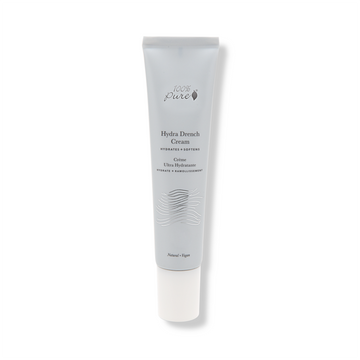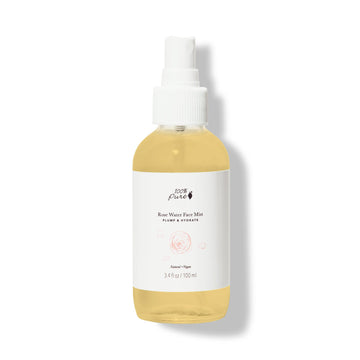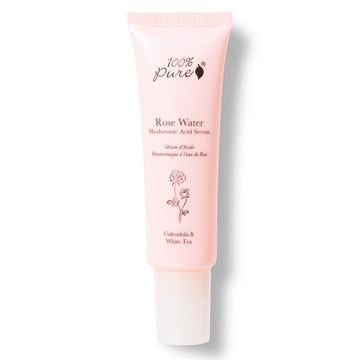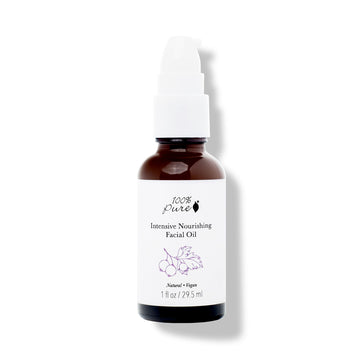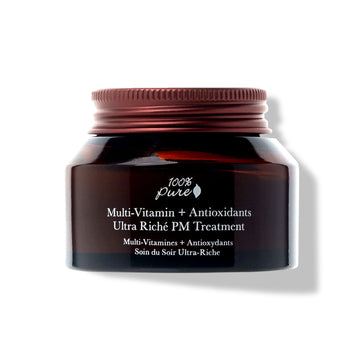Breaking down the three types of moisturizers, the skin types they work best with, and the best multitasking products for your skin!
Written by: 100% PURE ®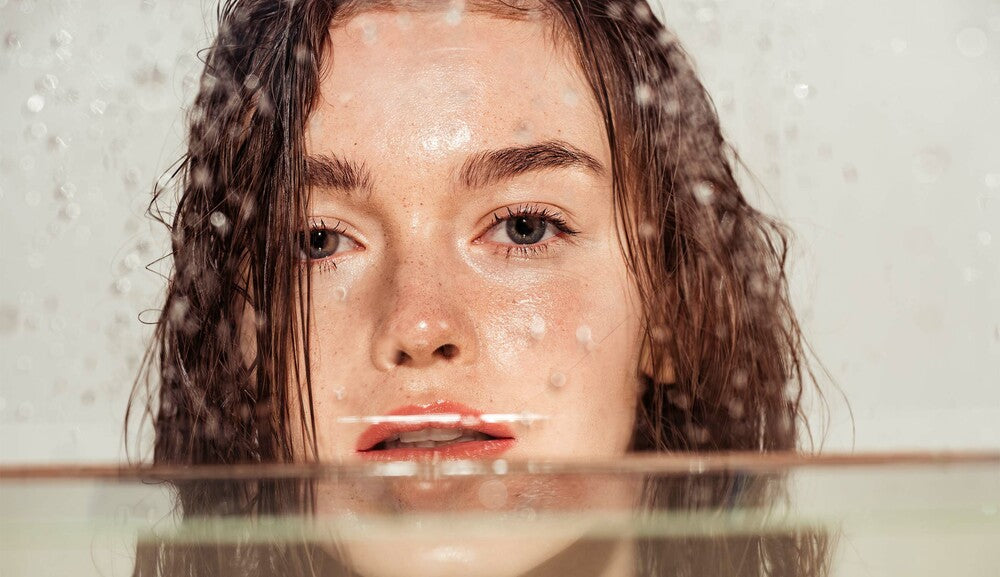
Moisturizing is an essential step in any skin care routine, even for the oiliest or acne-prone of skin types. With a market that’s oversaturated with moisturizers, it can be difficult to decipher meaning from terms like occlusive, emollient, and humectant. If you’re unsure what they mean, you’re not alone!
It’s time to clear the confusion so you can arm yourself with knowledge before heading into the wilds of the skin care world. We’ll dive into the differences between these moisturizers, related skin benefits, and some recommended products for your skin type.
The most straightforward and easiest explanation is that humectants are hydrators, which bind water to the skin. They work by attracting water molecules from the air, and pulling them into the skin’s surface. This match made in hydration heaven leaves your skin plump and supple.
Humectants work best in humid climates, since there’s plenty of moisture to pull from the air into the skin. But if you’re in drier environments or heading into colder temperatures, you may find humectants can’t do the job alone.
The most common humectants are hyaluronic acid, glycerin, and any type of water of hydrosol. Other star humectant ingredients you may see are amino acids (urea), sugar alcohols (sorbitol), honey, aloe vera gel, ceramides, and alpha-hydroxy acids (lactic acid).
Humectants will lose their water-binding powers if the moisturizer type doesn’t have a way to trap precious H2O. That’s where occlusives come in; occlusive ingredients create a physical barrier on the skin to prevent transepidermal water loss and lock in hydration.
The more common occlusives (not that we recommend the following) come in the form of silicone, petroleum jelly, caprylic/capric triglyceride, olive oil, dimethicone, waxes (carnauba and beeswax), mineral oil, and lanolin. Zinc also creates a water-worthy barrier: think diaper ointment or lifeguards with those funny white noses.
Emollients are the happy helpers of a moisturizer: they leave everything lovely and smooth! These ingredients will provide some occlusive properties, but their main functions are to restore and soften the skin. Emollients also help replenish any damage on the surface of your skin.
Emollients are effective at filling in the cracks and crevices of dry skin or fine lines. Shea butter, cocoa butter, vitamin E, jojoba and rosehip oils are all common emollients. Others include lipids, colloidal oatmeal, squalane, and isopropyl palmitate.
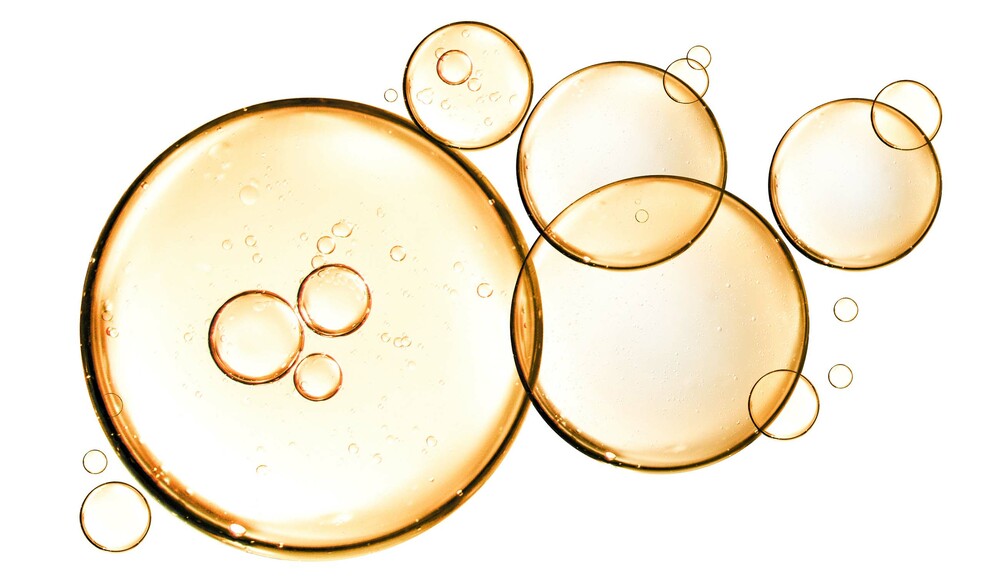
Now that we have some formal definitions of humectants, occlusives, and emollients, it’s time to learn how they play with one another – and how they are different. This knowledge can help you better understand how your favorite lotion, serum, or moisturizer is designed to work!
Some humectants like aloe vera or honey tend to feel sticky on the skin when used alone. These ingredients are usually paired with other types of moisturizers to neutralize the stickiness, and to add to the effectiveness and overall feel of your finished product.
On the other hand, occlusives tend to feel heavy and not very pleasant on the skin on their own so you most likely won’t find them as a stand-alone skin care product – even zinc is combined with emollients!
Lastly, emollients are lonely by nature and have more skin benefits when paired with a humectant and occlusive. However, some emollients can be sold as single ingredient products, or in combination with other emollients.
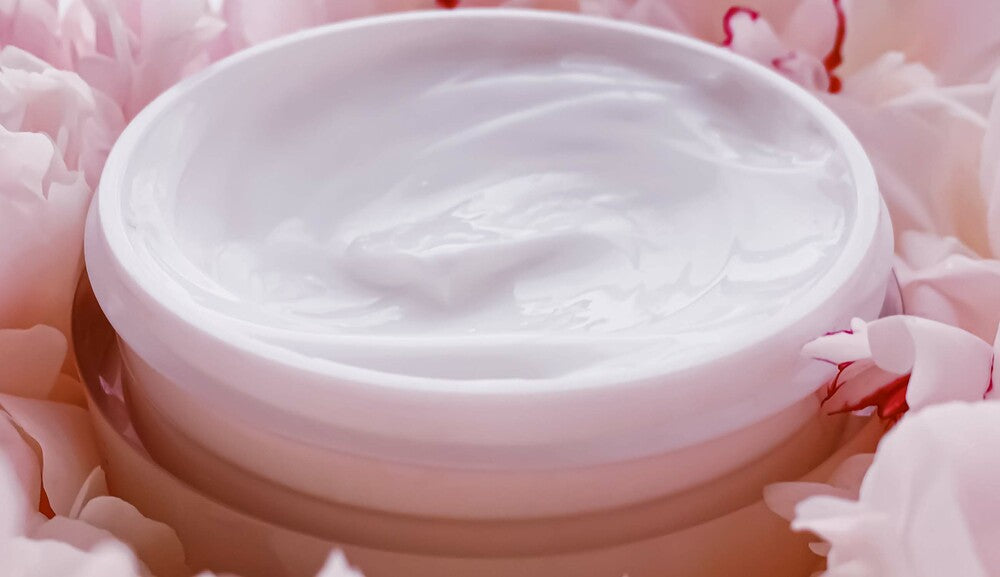
Each of these moisturizing types has a different responsibility when it comes to softening, hydrating, and replenishing your skin. While most skin care products use a combination of them to create a synergistic effect, it’s equally important to use them in tandem depending on skin concern and environmental factors for best results.
Humectant Moisturizers
Humectant moisturizers are light and absorb easily into the skin, which makes them a perfect choice for summertime, oily/combo, or acne-prone skin types. Gel-creams, serums, face mists and oil-free moisturizers typically fall into the humectant category.
If you’re looking to incorporate the hydrating and plumping benefits of hyaluronic acid with fragrant redness-reducing rose, look no further than our Rose Hyaluronic Serum. This gel textured serum quenches skin and restores elasticity with the help of calendula and skin-smoothing beta-glucan. And with the addition of hyaluronic acid, this formula locks in lasting moisture and hydration.
Occlusive Moisturizers
Next up on moisturizer ingredients, due to their thick, heavy consistency, occlusive moisturizers are best reserved for severely dry or damaged skin. If you have acne-prone skin and want to use occlusives, it’s important to check that the ingredients are non-comedogenic, so you don’t end up with clogged pores and breakouts.
Regardless of your skin concern, most skin types will benefit from an ultra-light yet nourishing treatment. Our Intensive Nourishing Facial Oil provides long-lasting hydration without clogging pores. Concentrated with a highly potent blend of clarifying oils and anti-aging antioxidants, this refining facial oil helps minimize the appearance of fine lines and wrinkles while promoting youthful elasticity.
Emollient Moisturizers
When it comes to leaving skin healthy, hydrated, and smooth, nothing beats a better moisturizing ingredient than emollients. Dry skin types and those with damaged skin will love emollient-type moisturizers. These ingredients help to restore the skin’s natural barrier to reduce the appearance of wrinkles and fine lines. Emollients are also great for soothing eczema-prone skin.
If you’re seeking a nighttime facial oil that was made especially for dryness concerns or anyone seeking corrective anti-aging treatment, you’ve found a match in our Multi-Vitamin PM Treatment. This luxurious, ultra-rich evening powerhouse is made with correcting vitamin C and reparative vitamin A, and works to combat daily damage and signs of aging.
With this foolproof collection of tips, your skin should be glowing, dewy, and moist in no time! Regardless of whether you’re dealing with dry skin, oily skin or combination. Before you go, the trick is to play around and find your perfect balance, so that all your products can complement – rather than conflict with – one another.
- Tags: Ingredients, Skin Care
We carefully hand-select products based on strict purity standards, and only recommend products we feel meet this criteria. 100% PURE™ may earn a small commission for products purchased through affiliate links.
The information in this article is for educational use, and not intended to substitute professional medical advice, diagnosis, or treatment and should not be used as such.













